Get Your Hook into More Trout: Tips and Techniques for Lake Fishing
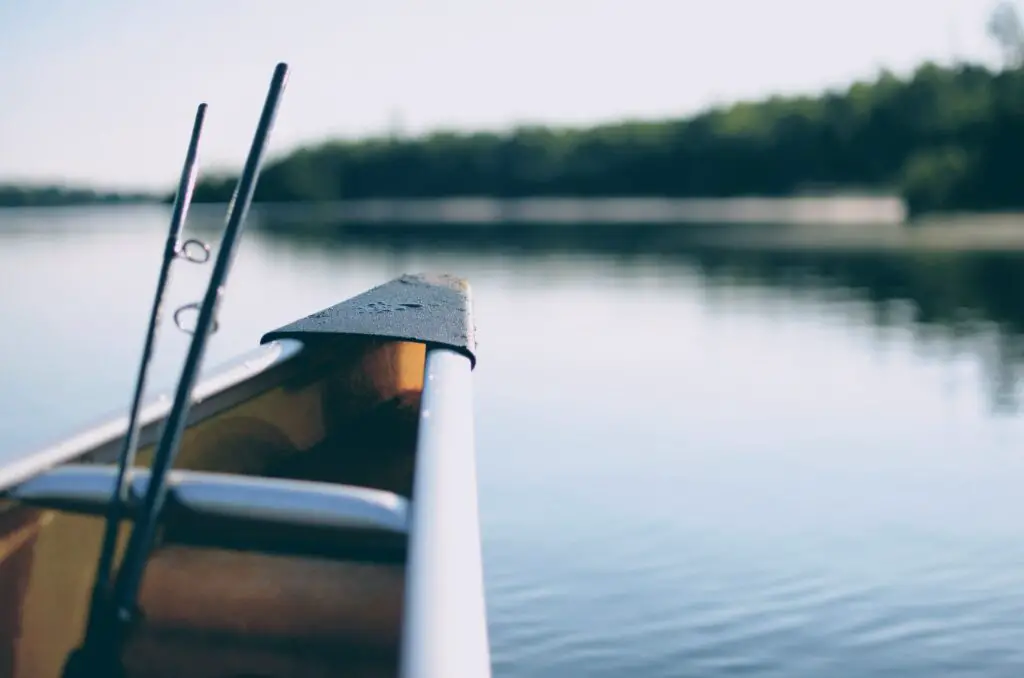
If you’re a fishing enthusiast, then you know that catching trout is one of the most exciting fish to catch. When we think of trout fishing, we usually first think of fly fishing in rivers, streams, and creeks. But how to fish trout in lakes can be a different challenge altogether. But how do you increase your chances of catching more trout in lakes? In this article, we’ll cover some tips and techniques to help you get your hook into more trout and bring them home for dinner.
Before we dive into the specifics, let’s first discuss why trout fishing in lakes is so popular. For starters, fishing in lakes provides a peaceful and serene environment that is a welcome escape from the hustle and bustle of daily life. Additionally, lakes are often stocked with a variety of trout species, which means that you have the opportunity to catch different types of fish throughout the year.
But perhaps the biggest reason why trout fishing in lakes is so popular is the challenge. Trout are notoriously difficult to catch, and fishing in lakes presents unique challenges that make the sport all the more exciting. By following the tips and techniques outlined in this article, you’ll be better equipped to face those challenges and increase your chances of catching more trout in lakes. So, let’s get started!
Understanding the Behavior of Lake Trout
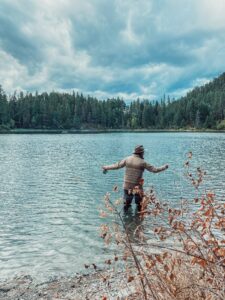 Before you can catch more trout in lakes, you need to understand their behavior. Trout are cold-water fish that prefer to stay in water temperatures between 50 and 60 degrees Fahrenheit. They also tend to stay in deeper waters during the warmer months and move to shallower waters in the cooler months. Knowing these behaviors can help you determine the best time of day, season, and weather for lake trout fishing.
Before you can catch more trout in lakes, you need to understand their behavior. Trout are cold-water fish that prefer to stay in water temperatures between 50 and 60 degrees Fahrenheit. They also tend to stay in deeper waters during the warmer months and move to shallower waters in the cooler months. Knowing these behaviors can help you determine the best time of day, season, and weather for lake trout fishing.
When fishing in a lake, it’s important to consider water depth as well. Trout tend to stay in deeper waters during the day, so it’s best to fish for them early in the morning or late in the evening when they are more likely to come up to shallower waters. Additionally, you may want to focus on areas of the lake where the water is cooler, such as around springs or inlets.
Another important factor to consider is the weather. Trout tend to be more active on cloudy days or when there is a light drizzle. They are also more active during the spring and fall when the water temperature is cooler. Fishing during these times can increase your chances of catching more trout in lakes.
By understanding the behavior of lake trout, you can better plan your fishing trip and increase your chances of success. Keep these factors in mind when planning your next lake fishing trip, and you’ll be well on your way to catching more trout.
Choosing the Right Gear for Lake Trout Fishing
When it comes to lake trout fishing, having the right gear is essential for success. Here are some of the key pieces of gear you’ll need:
- Rod and reel: A medium to medium-heavy rod and reel combo is recommended for lake trout fishing. If you prefer a spinning setup, look for a spinning reel with a smooth drag system and a rod with enough backbone to handle the fight of a big trout. For fly setups, we recommend a 5/6 rod and reel combo that will get you enough strength to lander bigger fish but still allow you to feel the bite.
- Line: Use a braided or fluorocarbon line with a test weight of at least 6-8 pounds. This will give you the strength you need to reel in a big trout while also being sensitive enough to detect bites. For fly setups, choose a floating fly line if fishing from the shore and a sinking line if fishing in the middle of the lake with a boat or float tube.
- Lures, flies, and baits: The best lures for lake trout fishing include spoons, spinners, and jigs. For baits, try live or artificial bait such as worms, minnows, or power bait. Streamer flies such as woolly buggers and leeches work best in deeper water. Experiment with different colors and sizes to see what works best in your lake.
- Other equipment: Don’t forget to bring a landing net, pliers, and a stringer or live well to keep your catch fresh.
When choosing gear, it’s important to consider your experience level and budget. While high-end gear can be beneficial, it’s unnecessary for a successful lake trout fishing trip. With the right combination of gear and technique, even a beginner can catch a trophy-sized trout. For more ideas on the gear you’ll need to catch more trout in lakes, visit Fishing Lido Key.
By investing in quality gear and selecting the right equipment for the job, you’ll be well on your way to catching more trout in lakes.
Techniques for Catching Trout in Lakes
Now that you have the right gear and an understanding of lake trout behavior, it’s time to focus on techniques for catching them. Here are some tried-and-true techniques to help you catch more trout in lakes:
- Trolling: Trolling is a popular technique for catching lake trout. It involves dragging a lure or bait behind a moving boat. Use a downrigger or lead core line to get your lure or bait deep enough in the water, and adjust the speed of your boat to match the activity level of the fish.
- Casting: Casting is another effective technique for catching lake trout. Look for structures such as weed beds or drop-offs, and cast your lure or bait near them. Retrieve your lure or bait slowly and steadily, and be ready for a strike at any moment.
- Drifting: Drifting is a technique that involves using the wind or current to move your boat along the water. Use a drift sock or anchor to slow your boat down, and cast your lure or bait out into the water. This technique is particularly effective in areas with a lot of underwater structure.
- Still fishing: Still fishing is a technique that involves baiting a hook with live or artificial bait and letting it sit in one spot. This technique is particularly effective in areas with a lot of underwater structure or when the water is calm.
Remember, different techniques work better in different situations. Experiment with different techniques and adjust your approach based on the behavior of the fish and the conditions of the lake. With practice and patience, you’ll be well on your way to learning how to fish trout in lakes.
Best Practices for Catching More Trout in Lakes
In addition to having the right gear and using effective techniques, there are some best practices you should follow to increase your chances of catching more trout in lakes. Here are a few tips:
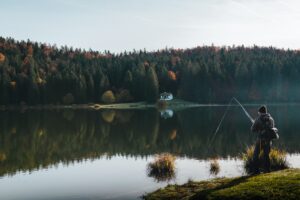 Respect catch limits: Make sure you know the catch limits for the lake you’re fishing in and stick to them. Overfishing can harm fish populations and reduce the quality of the fishery.
Respect catch limits: Make sure you know the catch limits for the lake you’re fishing in and stick to them. Overfishing can harm fish populations and reduce the quality of the fishery.- Practice catch-and-release: We’re a big fan of catch-and-release practices to ensure there’s plenty of fish for all to catch. If you’re not planning on eating your catch, consider practicing catch-and-release. This involves carefully removing the hook and releasing the fish back into the water. This helps preserve fish populations and ensures that the lake remains a healthy fishery for years to come.
- Be patient: Trout can be finicky and may not bite immediately. Be patient and persistent, and don’t give up too quickly. Focus on the beauty of your surroundings and remember that you could be back home or in the office, but you’re fishing instead.
- Keep your gear organized: Keep your gear organized and readily accessible to avoid wasting time searching for equipment when you could be fishing.
- Stay safe: Wear a life jacket if you’re out on the water and use caution when operating a boat or wading in the water.
By following these best practices, you’ll not only increase your chances of catching more trout in lakes but also help preserve the fishery for future generations of anglers.
Conclusion
Learning how to fish trout in lakes can be a challenging but rewarding experience. With the right gear, an understanding of trout behavior, effective techniques, and best practices, you can increase your chances of catching more fish and having a great time on the water.
Remember, fishing is not just about catching fish, but also about enjoying the outdoors and spending time with friends and family. So take the time to appreciate the beauty of the lake, and don’t get too caught up in the number of fish you catch.
By following these tips and techniques, you’ll be well on your way to becoming a successful lake trout angler. So get out there, cast your line, and see what you can catch!
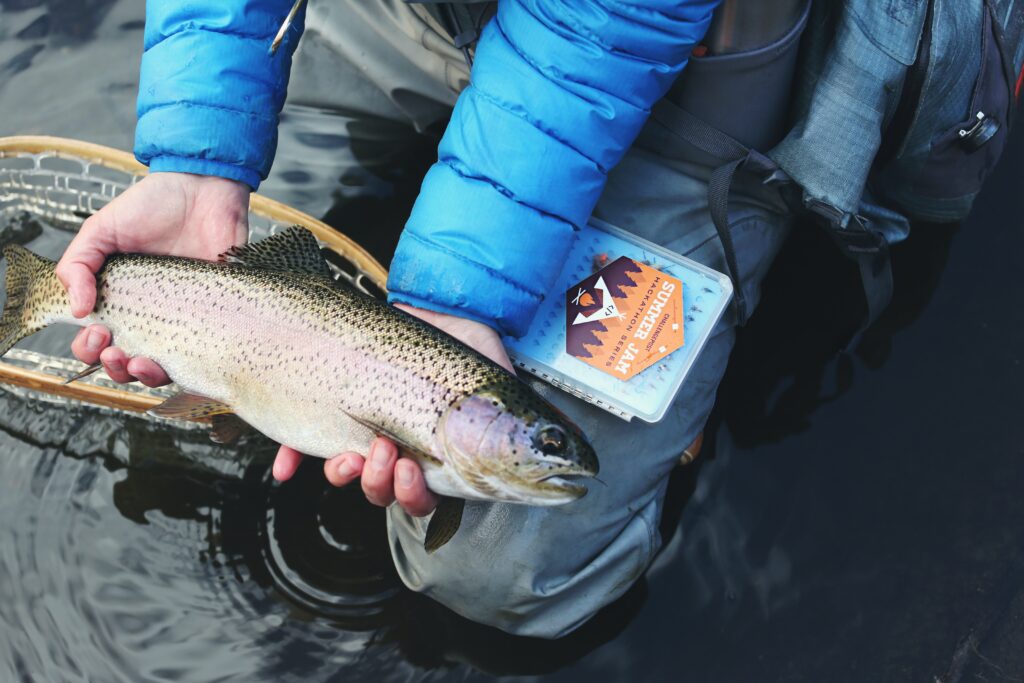
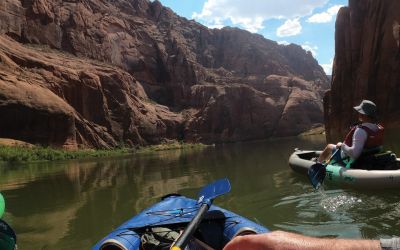
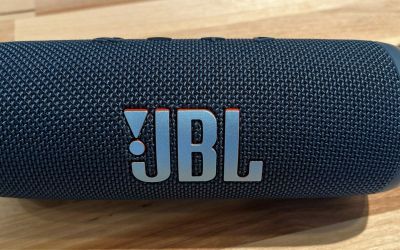
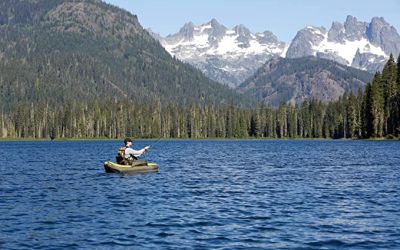
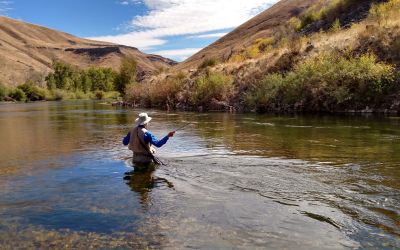
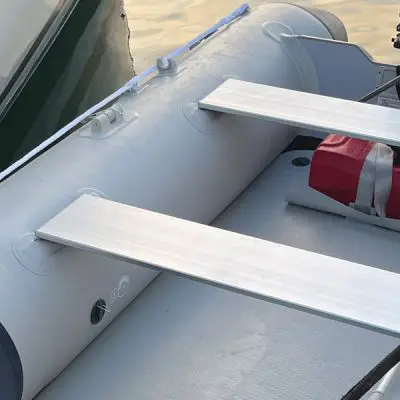


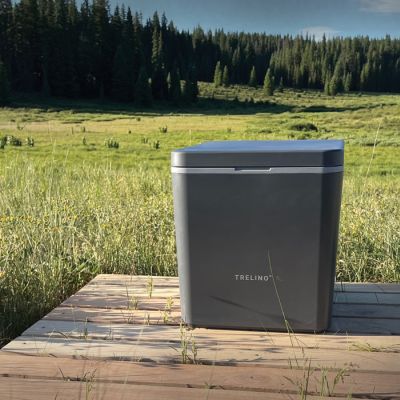


Leave a Reply